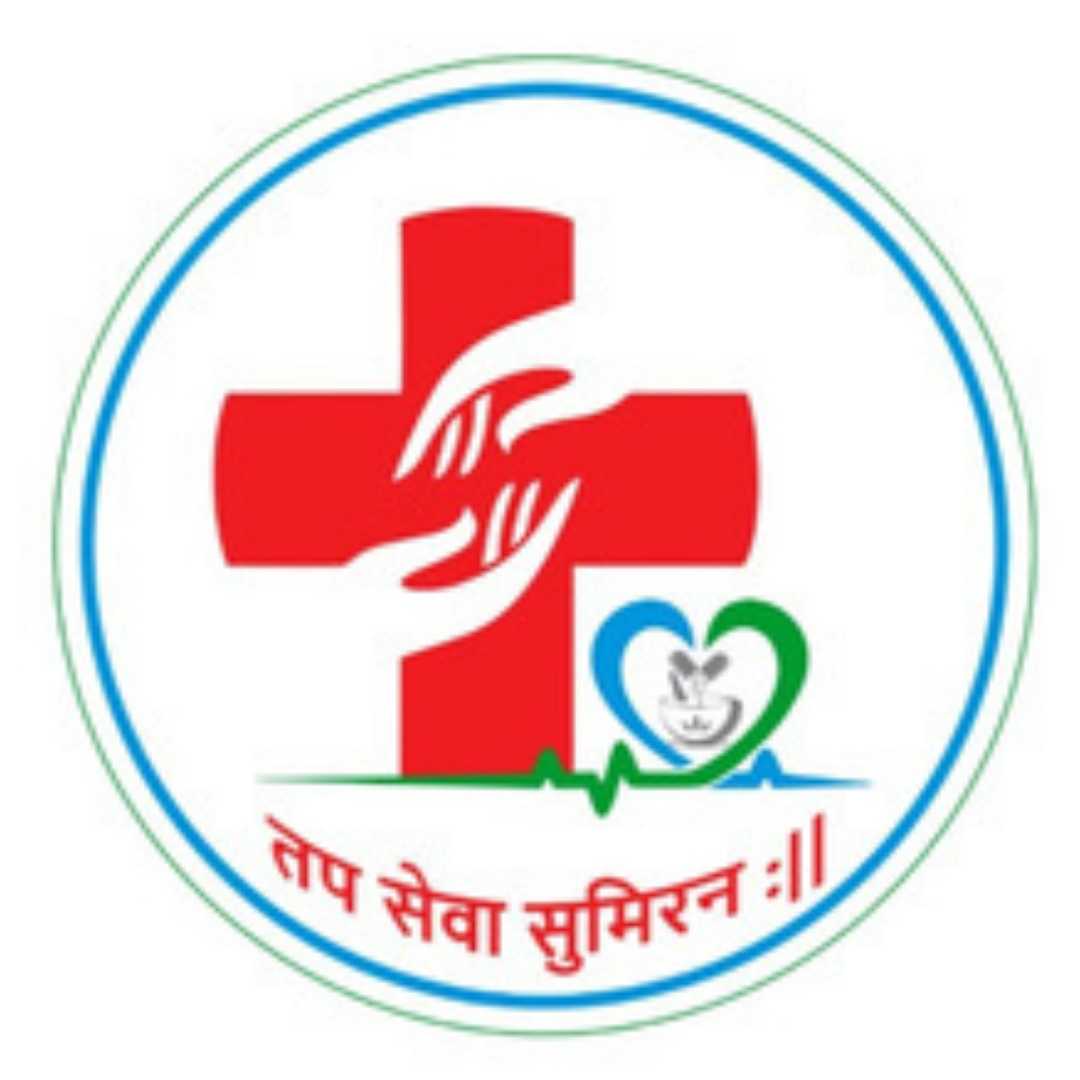The Ultimate Patient's Safety Guide to Gynecomastia Surgery in India (2025)

Gynecomastia, or male breast reduction, is a transformative procedure that can restore confidence and create a more masculine chest contour. As medical tourism to India for cosmetic surgery continues to surge, driven by incredible cost savings, the most important question for any prospective patient remains: "Is gynecomastia surgery safe in India?" The answer is a definitive yes, but this safety is not a matter of chance. It is the result of a world-class private healthcare system built on a foundation of rigorous accreditation, highly qualified surgeons, and advanced technology.
India is not just an affordable destination; it is a center of medical excellence. The country is home to one of the highest numbers of JCI-accredited hospitals in the world. This accreditation, issued by a US-based body, is the global gold standard and signifies that a hospital adheres to the same stringent safety and quality standards as leading medical centers in the United States. When you have surgery in one of these facilities, you are being treated in a world-class environment. This is complemented by the expertise of Indian plastic surgeons, many of whom are US or UK-trained and have vast experience in male body contouring procedures.
This comprehensive guide will serve as your detailed safety checklist for planning a gynecomastia procedure in India in 2025. We will provide a deep dive into the pillars of safety within the Indian medical system, explaining hospital accreditations, surgeon credentials, and the advanced technology that leads to safer outcomes. We will also provide you with actionable advice on how to vet your providers and spot potential red flags, ensuring your journey is as safe and secure as it is life-changing.
Is gynecomastia surgery safe in India?
The key to a safe experience is understanding that your outcome is directly linked to the quality of the provider you choose. The risks associated with gynecomastia surgery are the same globally—infection, bleeding, scarring, anesthesia complications—and these risks are minimized by selecting an elite surgeon and a top-tier hospital. The Indian private healthcare system offers a wealth of such high-quality options, making it a trusted destination for millions of patients.
What makes a hospital in India safe for plastic surgery?
The JCI is a US-based, non-profit organization that is the most prestigious accrediting body in global healthcare. For a hospital to achieve this status, it must undergo a rigorous on-site evaluation of hundreds of standards. When you choose a JCI-accredited hospital in a city like Delhi, Mumbai, or Chennai, you are ensuring:
- The operating rooms are state-of-the-art and adhere to strict sterility protocols.
- Anesthesia is administered and monitored by specialist anesthesiologists.
- There are proven processes in place to prevent infection and manage complications.
- The nursing staff is well-trained and provides a high level of post-operative care.
Major hospital groups in India, such as Apollo Hospitals and Fortis Healthcare, have numerous JCI-accredited facilities across the country.
How are plastic surgeons in India qualified and certified?
The training path for a plastic surgeon in India is long and rigorous, ensuring a high level of expertise. Due to the high volume of both local and international patients, Indian surgeons gain immense practical experience, particularly in popular procedures like gynecomastia. When vetting a surgeon, look for:
- Board Certification: Membership in the IAAPS or a similar official body is essential.
- International Experience: Many top surgeons proudly display their fellowships and training from prestigious institutions in the West.
- Specialization: Look for a surgeon who has a specific focus on body contouring and has an extensive portfolio of gynecomastia before-and-after photos.
What technology is used for gynecomastia surgery in India? Is it safe?
The use of advanced technology is a key safety factor. Vaser liposuction is tissue-selective, meaning it specifically targets fat cells while leaving important surrounding tissues like blood vessels and nerves relatively unharmed. This not only makes the procedure safer by minimizing blood loss and trauma but also allows the surgeon to perform more precise sculpting for a better, more defined final result. This is often combined with a small, minimally invasive excision of the glandular tissue from a discreet incision around the areola.
Does the low cost of surgery in India mean it's less safe?
It's a common misconception to equate cost with quality in medical tourism. In India, you can have your surgery performed by a US-trained surgeon in a JCI-accredited hospital using the same technology and standards as in the US, for around 70% less. The value proposition is based on economic efficiency, allowing you to access world-class care that is affordable.
How can I spot 'red flags' or unsafe clinics?
Your safety is your top priority. Use this checklist to vet potential providers:
| Safety Check | What to Verify |
|---|---|
| Hospital Accreditation | Is the hospital JCI-accredited or at least NABH-accredited? (NABH is India's high-level national accreditation). |
| Surgeon Credentials | Are they a board-certified plastic surgeon? Can you see their CV, training history, and membership in bodies like IAAPS? |
| Patient Reviews | Can you find numerous, consistent reviews from other international patients on independent third-party websites? |
| Transparency | Is the clinic open and honest about the techniques used, the total costs, and the surgeon who will be performing the operation? |
Your safety is paramount. To connect with pre-vetted, internationally accredited hospitals and board-certified plastic surgeons in India, explore the options on PlacidWay and take the next step with confidence.


.png)




.png)

.png)






Share this listing